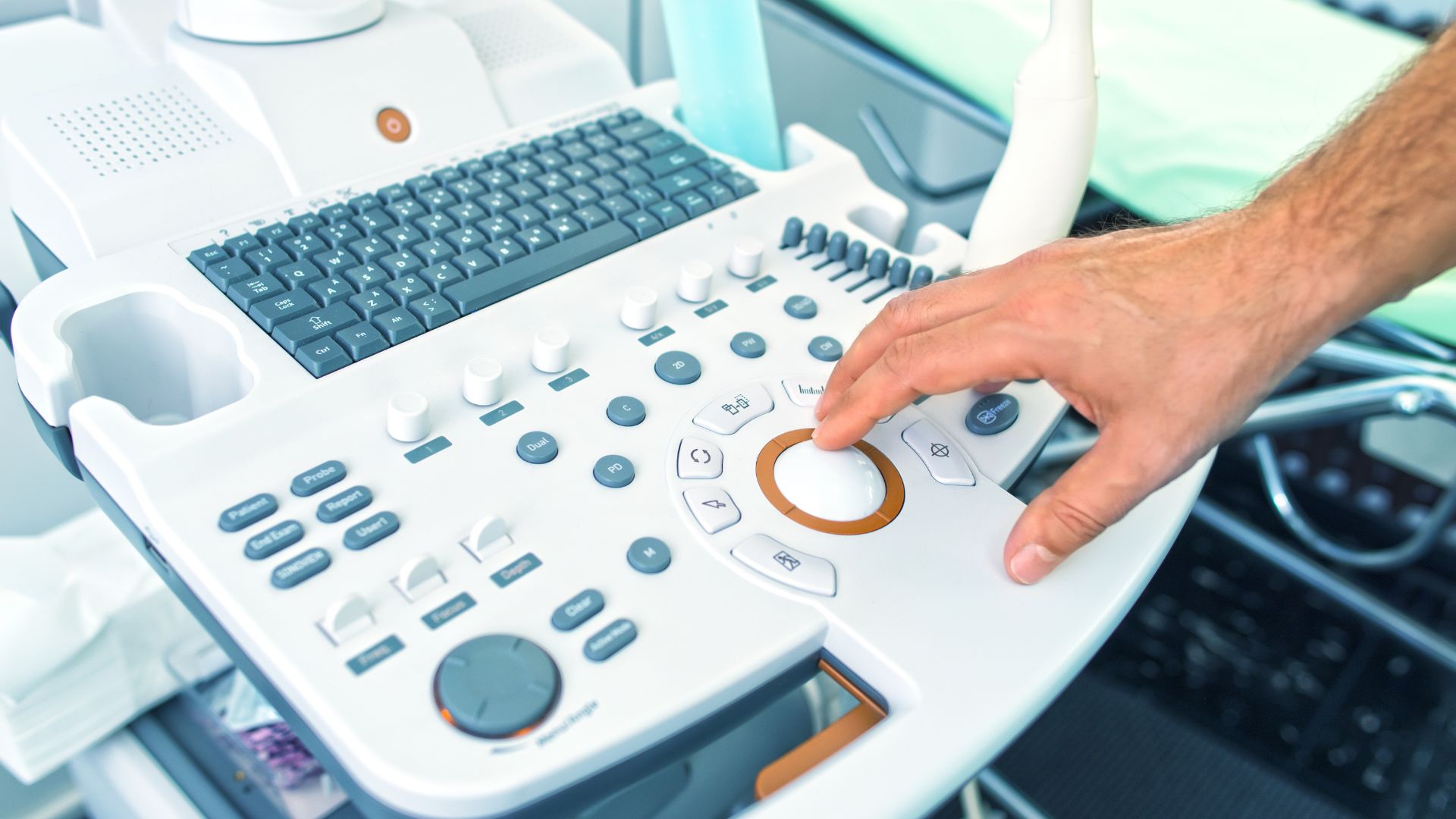Implantable Contact Lenses (ICLs) are advanced phakic intraocular lenses surgically placed behind the iris to correct severe myopia, hyperopia & astigmatism. Unlike traditional contact lenses, ICLs remain in the eye long-term & offer an alternative to LASIK & PRK. Because of their permanent implantation & high-risk nature, ICLs are regulated as Class III medical devices by the FDA & require strict compliance with PMA, testing & labeling standards.
Manufacturers must meet FDA requirements—including Premarket Approval (PMA), sterility testing, clinical trials & UDI compliance—to market ICLs in the US. Non-compliance can lead to Import Alerts, detentions, fines & enforcement actions.
How the FDA Classifies Implantable Contact Lenses
ICLs fall under high-risk classification with additional oversight for combination therapies:
- Class III (High Risk, Requires PMA): All ICLs are Class III medical devices & require Premarket Approval (PMA) approval with extensive clinical trial data.
- Combination Products: If medicated coatings (e.g., anti-inflammatory agents) or drug delivery functions are involved, the product may be a drug-device combination regulated by both CDRH & CDER.
ICLs must be implanted by a licensed ophthalmologist. Over-the-counter (OTC) sales are strictly prohibited.
Key FDA Compliance Requirements for ICL Manufacturers
To legally market ICLs in the US, manufacturers must:
- Register the Establishment: Required annually.
- List the Device: Each ICL must be listed in the FDA’s device database.
- Submit a PMA: Including clinical data showing safety, efficacy & ocular compatibility.
- Perform Sterility & Biocompatibility Testing: Follow ISO 10993 standards.
- Comply with UDI Requirements: Include Unique Device Identifiers on all packaging.
- Implement Post-Market Surveillance: Establish adverse event monitoring & eMDR reporting systems.
- Ensure Labeling Compliance: Marketing materials must be FDA-compliant & accurate.
- Avoid Import Alerts: Full compliance is required prior to import.
Common Compliance Challenges & Solutions
Case Study: PMA Delayed Due to Missing Long-Term Data
A manufacturer submitted a PMA without adequate five-year clinical follow-up. The FDA required:
- Extended post-market data showing corneal health.
- Additional inflammation risk testing.
- A delay of 18+ months in product launch.
Solution: Begin long-term studies early to meet PMA data expectations.
Case Study: Import Detention Over UDI Non-Compliance
A foreign ICL shipment lacked UDI labeling, leading to:
- Shipment detention.
- Redesign of packaging to include UDI.
- Updated listings & regulatory consultation.
Solution: UDI compliance must be verified before importation.
Regulatory Considerations for ICL Manufacturers
- FDA User Fees: PMA filings carry substantial fees; Small Business Assistance may apply.
- Import Alerts: Non-compliant devices may be automatically detained.
- Certificate to Foreign Government (CFG): Needed for exporting FDA-cleared ICLs.
- Health Canada Licensing: May require MDEL for Canadian market access.
How to Avoid FDA Compliance Pitfalls
- Secure PMA Approval: Mandatory for all ICLs.
- Conduct Long-Term Clinical Trials: Five-year follow-up data is key.
- Comply with Prescription Requirements: ICLs may not be sold directly to consumers.
- Validate UDI Labeling: Ensure traceability through accurate identifiers.
- Establish Surveillance Systems: Monitor & report adverse events via eMDR.
- Work with Regulatory Experts: Partnering with experienced teams avoids costly delays.
Building a Clear Path to Market
Implantable Contact Lenses offer a permanent solution to vision correction—but only with full FDA compliance. PMA approval, UDI labeling, surveillance systems & regulatory planning are essential to successful US market access.
Registrar Corp helps ICL manufacturers navigate FDA regulations, avoid pitfalls & bring life-changing vision products to market.








